Looking Back Across the Year
12/28/23 - Some highlights from the Field Guide in 2023
Hello everyone:
Greetings from the final days of 2023. I’m away from home and busy with family this week. Perhaps some of you are as well. Or you’re resting up from the holidays, digesting all that food, and gearing up for the new year and everything it will bring. With that in mind, this week’s post is mostly visual, with some morsels of writing to tide you over.
Please note that for some of you this post may be cut short by your email server. Click on the banner at the top of the email to read the remainder of the piece on Substack.
As always, please remember to scroll past the end of the essay to read some curated Anthropocene news.
Now on to this week’s writing:
One of the most interesting but lesser-known stories in global reportage over the last decade or so has been the Out of Eden walk, Paul Salopek’s journey following the human migration route out of Africa and across the Earth. It has been, so far, what National Geographic calls “a decade-long experiment in slow journalism.” Salopek is nearly 9,000 miles (14,500 km) into his journey, but has many years left to go before he completes the 24,000 mile (38,600 km) trip to Tierra del Fuego.
Salopek is a journalist with a poet’s heart, and a walker with an eye on both near and unseen horizons. He has become the deepest of travelers, a sailor on seas of dust and desert sand, and a merchant of observations traipsing the roads and paths of a sprawling civilization that doesn’t truly know its own shape, size, or name. The world he describes is made up of countless small worlds: yours, mine, and eight billion others.
The Out of Eden website is a small ecosystem of dispatches from the field, photos, conversational data points every hundred miles, and other stories that emerge from the walk.
Salopek knows how to make a travelogue sing. Here he is, for example, in a recent post from China’s Yellow River:
After 1,800 miles of reeling through China, we at last approach, inside a suffocating haze of dust blown from Mongolia, the famous Huáng Hé, known also in Mandarin, confoundingly, as both the Mother River and the River of Disaster.
Why is this so?
Because the world’s sixth-longest waterway functions as both yin and yang—alpha and omega—in China’s immensely long chronicles of memory. There is the river as cradle of culture: the source of Han civilization. And there is the river as sepulcher of skulls: 2,500 years of recordkeeping suggest the unruly stream has flooded, often catastrophically, at least 1,600 times. As many as four million lives were washed away in a 1931 flood alone. (Lately, however, drained by massive irrigation projects, it sometimes never reaches the Bohai sea.)
The coarse sand along the riverbanks is cornmeal yellow. The dry catkins of river reeds, swaying like pale pennants in gritty air, are parchment yellow. The fur of wild hares bounding from the currents’ edges is yellowed as old grass. And above, through the dirty storm, a blister of sun burns flame-yellow. But the Huáng Hé, the Yellow River itself, is green green green—or rather, a milky matte-jade, inflected by amoeboid, bottle-green wave shadows, and sprinkled throughout with diamonds.
Despite its name, I don’t think the Out of Eden walk is intended as an Anthropocene project. Salopek focuses more on the history between his footprints and the commonalities of human nature in the eyes and gestures of strangers across the planet. Yet, as his parenthetical note on the impact of irrigation on the Yellow indicates, the walk is certainly a transect through the human world we’ve made atop the living world we’ve unmade. He’s an invaluable witness to who we are and what we’ve done.
I mention this here partly because I think we should all be checking in on what Salopek is doing and writing as his years and footsteps tick by, but also because I’ve been thinking about what the Field Guide has had to say about the world this past year. Like every story or collection of stories, the Field Guide is a journey.
In this holiday lull, I’m less interested in some of the specific issues I’ve addressed - the increasingly dangerous climate, our ocean noise, how you can profit from the Inflation Reduction Act, the Anthropocene’s golden spike, or the problems with for-profit utilities, to name a few - and more interested in looking back to see what I’ve had to say about our relationship to the real world. A year of the Field Guide is tens of thousands of words, but in the end what I’m after is to articulate as clearly as possible a path toward a healthy relationship with life on Earth.
I want to offer some perspective, but I also want to keep it simple. It’s a busy time, and a time to rest from all the busyness. Certainly that’s true for me this week.
So here are some of my pictures from the year, each accompanied by short excerpts of what I’ve had to say about who and where we are.
From “We Are Not Alone”:
The Sun’s energy is contained in samara and lichen, woodpecker and hare, fern and mussel and thrip. Everything is alive, always, even in death. Life is defined not by form or heat but by flow and relationship. Everything is connected, and energy can neither be created nor destroyed. It seems to me that for naturalists, as for mystics, time and space should seem less units of measure than threads in the fabric.
I have long thought that the most lunatic question in this era of ecological erasure is “Are we alone in the universe?” We are meant, I know, to hear intellectual nobility in the question as it demonstrates the human mind questing upward from its animal roots toward the eternal sky. Surely, with god-like qualities of our own, our place is up there, right? Our photographs of the Earth from orbit, or from the Moon, show the distance we have already traveled toward the next interstellar phase of human evolution, right?
Nope.
From “An Informed Reverence”:
Look out your window and take note of what you can and cannot see. Both are beautiful. Our deep knowledge and vast ignorance of reality both demonstrate that the world we share with other strands of life is lovely, astonishing, and worthy beyond all doubt of saving. The fabric of life has been our salvation throughout our species’ history, and now that we’ve diminished the Earth we have little choice but to return the favor. The fate of the world is our fate too.
From “The New Normal Problem”:
We’ve been so obsessed with new normals for too long to find an easy way out. We’re trapped in this quest for a better new normal for generations to come. The only rational way home is to consciously shape a new home with as many virtues of the past as we can manage. This is navigation through the landscape of grief and loss, and our children’s grandchildren will be in the thick of it. Our job is to make it a little easier for them.
From “The Undercurrent”:
I do know that there is an undercurrent in civilization that recognizes the scale of the problem. More and more of us have an increasing sense that, at the deepest level, things are not as they should be. Imagining that the landscape of scars around our home might be multiplied across continents and oceans makes the hairs on the back of our neck stand up. Seeing roadkill in the context of a planet full of roads is heartbreaking. Contemplating the plastics and PFAS and pesticides that infiltrate blood and rainfall is terrifying. Noticing how much of the natural world around us has changed in our lifetime is overwhelming.
An undercurrent, according to Oxford Languages, is “an underlying feeling or influence, especially one that is contrary to the prevailing atmosphere and is not expressed openly.” The undercurrent that the Field Guide is meant to serve, then, is this awareness of vast, difficult, often irreversible transformations happening on our watch, and the quest for solutions.
From “An Index to the First Two Years of the Field Guide”:
This Field Guide is meant to be my hand joining with all of yours in the necessary, urgent, and multi-generational effort to turn the wheel of culture in a new direction. The tasks are terribly large, but the consequences of failure are much larger. We can see those consequences arriving already, as the climate and biodiversity crises quickly intensify, but we also know the solutions. To be clear, those solutions require both revelations and revolutions, but we have no choice but to try to turn the wheel. What else is there?
From “The Beauty of Restraint”:
As the mushrooms and spring ephemerals teach us, the end of growth is maturity. Societies, like individuals, must grow up and then stabilize.
Life is to be lived in community, not in an expression of dominance that can only end in catastrophe. Like a trailing arbutus, our time on Earth should look something like this: We have a modest moment, we have a modest claim to space and resources, we exist briefly as a conscious node in a conscious world, and then we die a modest death without taking the world down with us.
We are, after all, little more than spring ephemerals ourselves, mortal sparks on an ocean planet. We call it Earth because we’re biased toward staying above ground as long as we can, but through our fear and delusions we’ve set the world on fire.
From “The Wake-Up Call”:
Here among the living, we perceive [time] as a measure of experience, but that might just be our peculiar consciousness giving meaning to the changes all around us, changes in the rocks and clouds and light, and changes in the behavior of cells in our bodies and in the bodies of our fellow species. We give transformation a narrative when it might only be the universe breathing.
The physical world, too – the “space” in space and time and the “where” in Where are we? – is some vibrating plane of reality that seems to be traveling down the same river but is more likely merely changing shape, like a flickering fire. Matter is neither being made nor destroyed. Everything is energy. The sunlit butterfly and the Grand Canyon are made of the same stuff. So are you, and you’re watching it all happen.
From “Emerging from the Fog”:
We rarely say it out loud, but the bad philosophy that got us here is in the air we breathe, the food we eat, the clothes we wear, the politicians we support, the machines we build, and the fuel we pump: The world belongs to us. Only we matter. We choose who lives and who dies.
The alternative philosophy – we belong to the world – still exists within us. We feel it every time we marvel and wonder at a moth or its flame, take respite amid birds and trees, or find our dreams answered by the ocean. We remember it when, out of love, we slow down for animals in the road, and when, out of respect, we remove roadkill from the asphalt. We act on it when we protect our fellow species and the places they inhabit.
From “Reimagining Rain”:
Rain is a reminder of the unity of all things. How many other species think of raindrops as individuals? It’s a conceit that seems particularly and peculiarly human. There is only rain. Or, better yet, there is only water. Rain is merely water returning to the harbor.
As much as we talk about the importance of the web of relationships that underpin the natural world, we’re still mostly thinking about a relationship between things. But species, organisms, organs, traits, genes, cells are not things; they’re nodes in the relationships. Energy passes through Earth systems and networks of life, nutrients migrate along magnetic fields, births and deaths are both transient wombs.
From “The Moment’s Meditation”:
Life is no more explicable when we’re happy than it is when we’re heavy-hearted, but in these moments of lightness, the fragments that we observe in motion, the happenstance of tree and bird and wave, flow with us rather than against us. It is possible to extrapolate from this feeling to philosophy, that compassion generates clarity, for example, or that the open heart we seek is like that of a child, but this interests me less than a good walk with my wife. Ahead of us, we know, is a lifetime of things to see in passing, each one offering itself like a hand.
From “Life Among the Stars”:
In the push to reach Mars, I always wonder why we think we’re ready to launch off of this planet in search of life on others. My thought is that the modern industrial relationship to life here – both the living world and the billion or two of us who are impoverished and haunted – isn’t mature enough to seek it out anywhere else. I don’t mind spending the money and burning the resources to send some probes and drones – our own buzzing pollinators – but we don’t deserve to go anywhere until our own house is in order. Spending trillions to detect a virus on Europa while the Amazon burns is simply bad ethics. Things don’t have to be perfect before we venture outward, but they can’t be anything like the hot mess we’re making now.
From “Life Behind Glass”:
Which begs the question: What is a window to a bird? I’m tempted to compare the mystery of it to our awareness of gravity – unseen but inferred – but glass is unlikely to conjure theories in birds. Perhaps it’s better to equate their relationship to glass with our experience of sudden grief: strange and unmeasurable, impossible yet fatally real, a door into a shadow world that’s closed to the living, a dark forest that is there and not there.
From “Solstice Gifts”:
The solstices are a structural feature of the movement of the spheres. Humans, for all our noise and fury, are one set of souls among many aboard one of those spheres, still staring upward and wondering at the movement that giveth and taketh light. We can sing about it, as this essay tries to do, but we’re still fragments of biology in a universe of physics.
That doesn’t make us unimportant, only small. The light that’s returning is already within us.
And really, it’s not the light that’s returning. It’s us and our place on the living, spinning, orbiting sphere that’s turning back to the light. The light never left, never moved, never blinked. The sun is always standing still. Earth is the tumultuous one in the relationship, and humans are the children spinning tales about the tumult.
So that’s a few samples, taken chronologically, from this year’s collection of essays exploring our path out of Eden. Choosing these excerpts has been interesting for me, since it’s the first time in two and a half years that I’ve spent time reading through a lot of my work just to find some good stuff. (I do create an index to the Field Guide every year.) Among other things, it was a good reminder of all that I ask you to read - the length and density of my work - and so I’ll close, as I always do, with a bit of gratitude:
Thank you all for sticking with me.
Looking back over the year, I am particularly grateful for my paid subscribers and for those of you who connect to me and each other through the comments. The work isn’t paying for itself yet, but you all make this writing possible, and that is a gift that keeps me going week after week.
May the new year bring you all the peace, joy, and rest that you seek, and may it bring us all some real progress toward an ecologically rational civilization. I look forward to bringing the Field Guide to you through 2024, in hopes of deepening and widening the conversation about the fate of the Earth.
In other Anthropocene news:
From Bill McKibben at The Crucial Years, the most important story of 2023 is how ridiculously hot it was, and yet it’s a story we still cannot bring ourselves to truly attend to:
Because the most important thing that happened this year was the heat. By far. It was hotter than it has been in at least 125,000 years on this planet. Every month since May was the hottest ever recorded. Ocean temperatures set a new all-time mark, over 100 degrees. Canada burned, filling the air above our cities with smoke.
And yet you really wouldn’t know it from reading the wrap-ups of the year’s news now appearing on one website after another.
From Popular Mechanics, the Earth is not the only heavenly body with an Anthropocene. The Moon, too, has been altered by more than 100 visits by spacecraft, which means we’ve become an important force in shaping the lunar surface. And we’re just getting started.
From Reasons to Be Cheerful, the remarkable success story of dam removal and habitat restoration on the Penobscot River here in Maine. A consortium of Indigenous and conservation groups worked together for years to purchase three dams that had ruined river ecology for two centuries. Two dams were torn down, and a full river bypass was built to go around the third. 2000 miles of vital river habitat were opened back up to migratory fish and all the nutrients they move between land and sea. For the Penobscot Nation,
It’s restoring a huge part of the culture of the tribe. Those are their relatives that have long been gone and are here again. That’s what the vision of the tribe was in those negotiations. [It] was kind of the opposite of ‘build it, and they will come.’ It was ‘take it down and they’ll return.’
Also from Reasons to Be Cheerful, yet another example of the power of individuals to make a big difference in the Anthropocene. A couple in Baja California has planted 1.2 million young mangroves over the last 12 years, working to counteract the damage done by overfishing and climate change. If, like them, many of us truly devoted ourselves to the conservation, protection, or restoration of a particular species or habitat, the world would begin to improve overnight. As one of them said,
My dream for this region has no limits; what can be done is wonderful. We have dedicated ourselves to conservation because it is very clear to me that the day mangroves end, life ends in this region.
From Vox, an article on winter solastalgia, the sadness some of us feel over the loss of the white Christmases that have characterized northern holidays through much of human history:
…she fears that climate change will leave Norway with the darkness of polar winter but none of its joys. “We won’t have snow to reflect the light. We won’t have ice to make beautiful patterns. And we won’t have all of the recreational activities that come with snow and ice.”
From IEEE Spectrum, an article on the potential for an entirely new kind of rechargeable battery - the nanoelectricfuel flow battery - to power vehicles, planes, ships, and more.
And thanks to Bill McKibben for this tip: The NYC Labor Chorus singing “Life on Earth, So Amazing,” a rewritten version of the Hallelujah Chorus to celebrate this beautiful Earth. Enjoy!


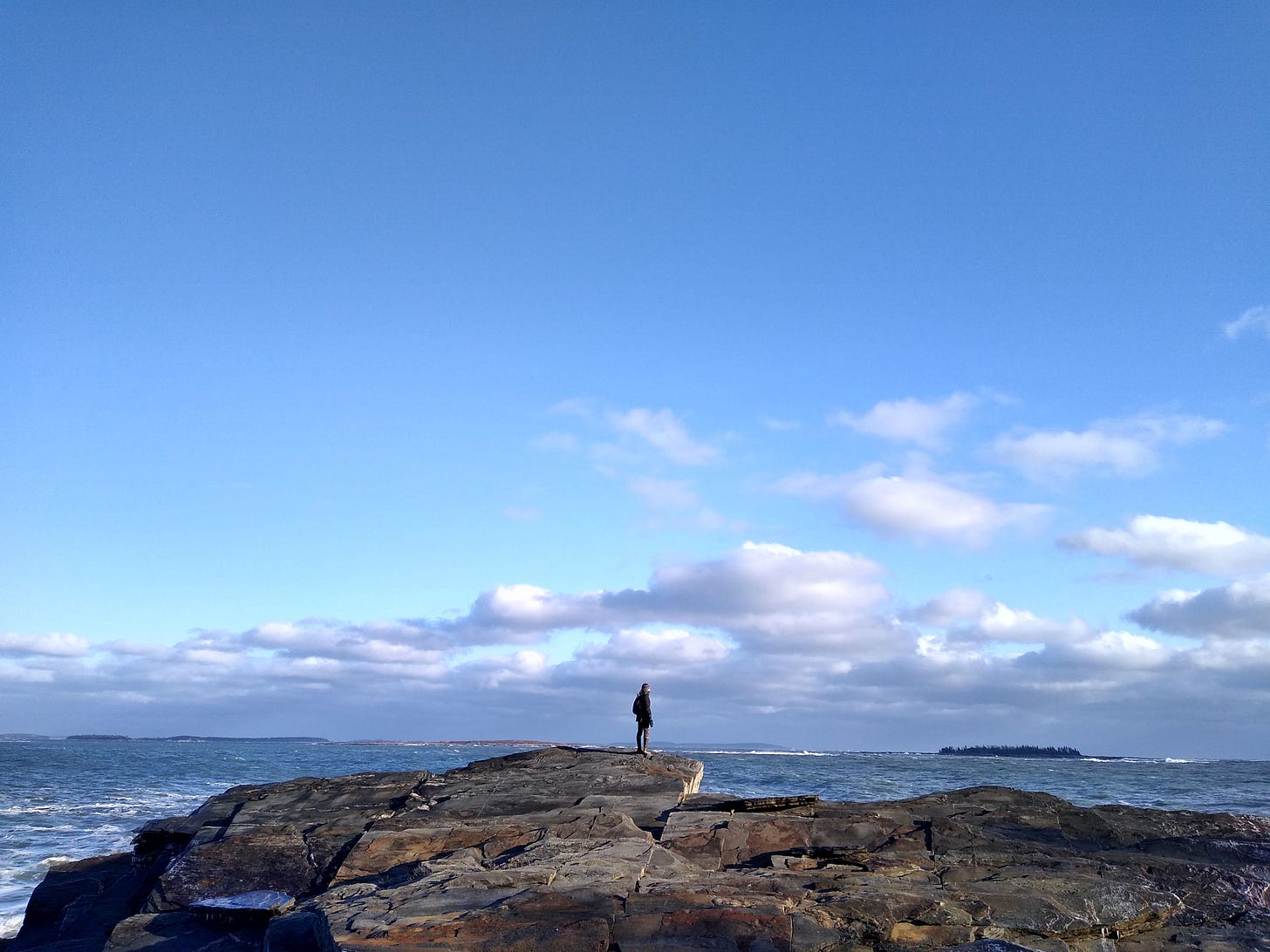


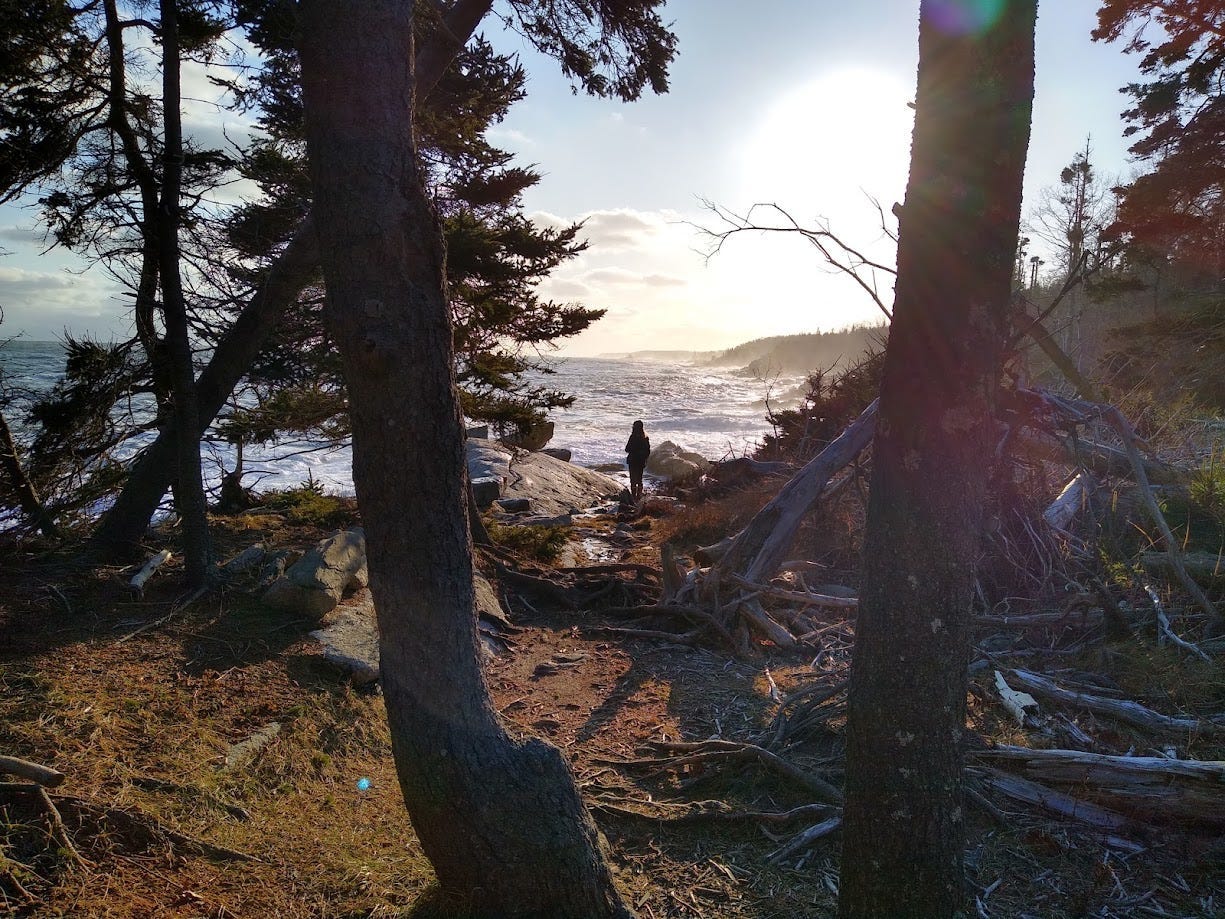
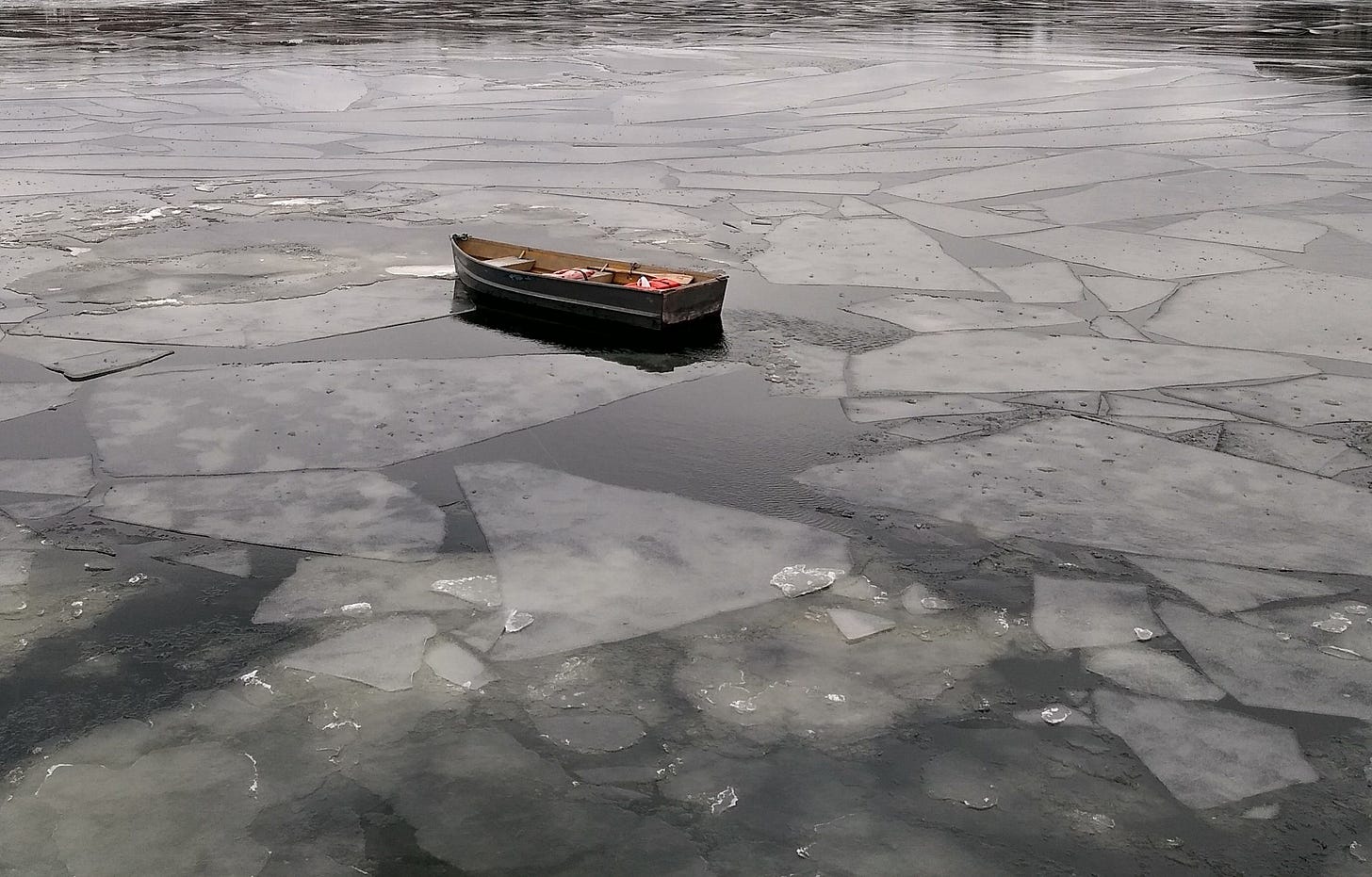
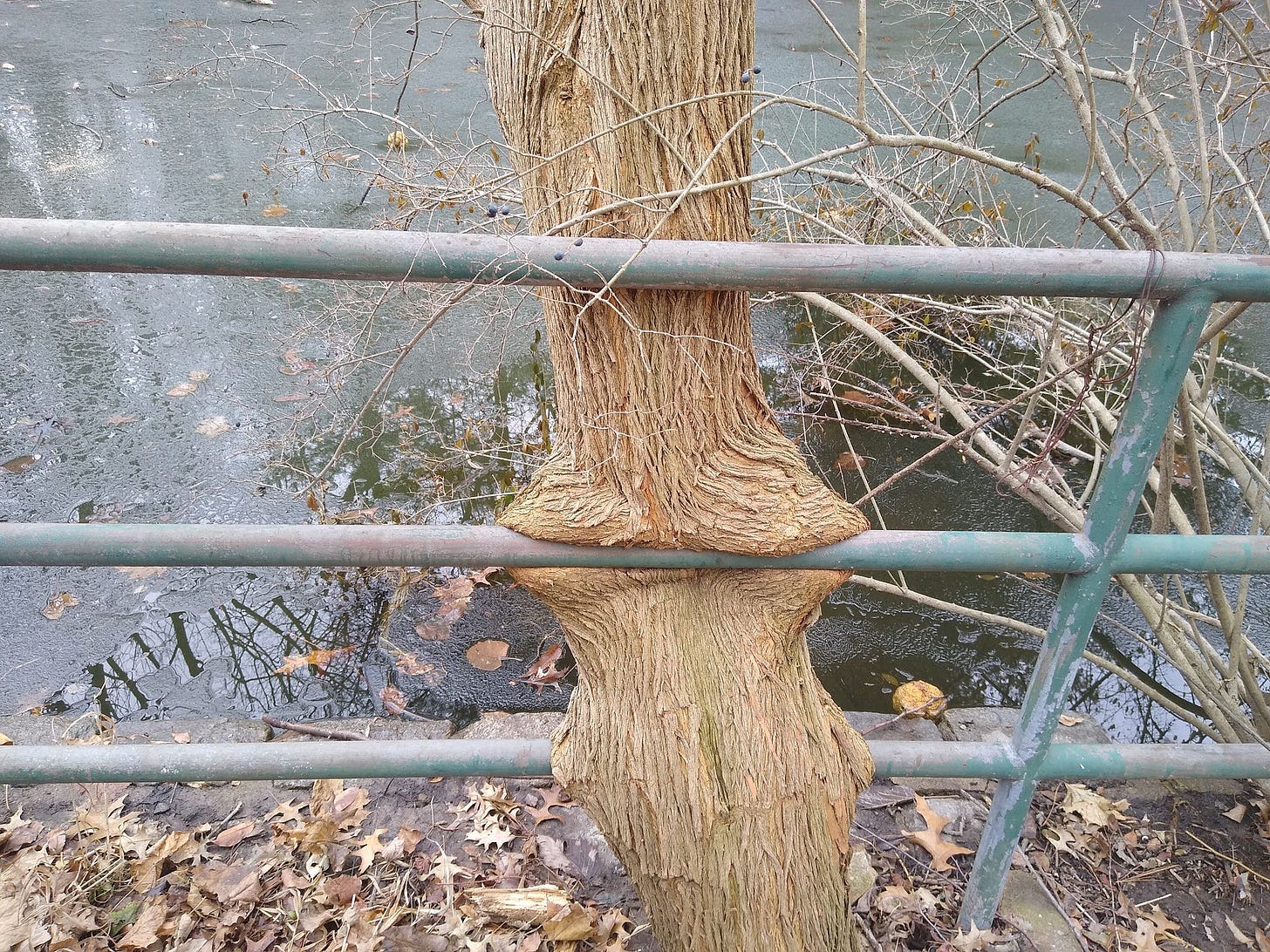

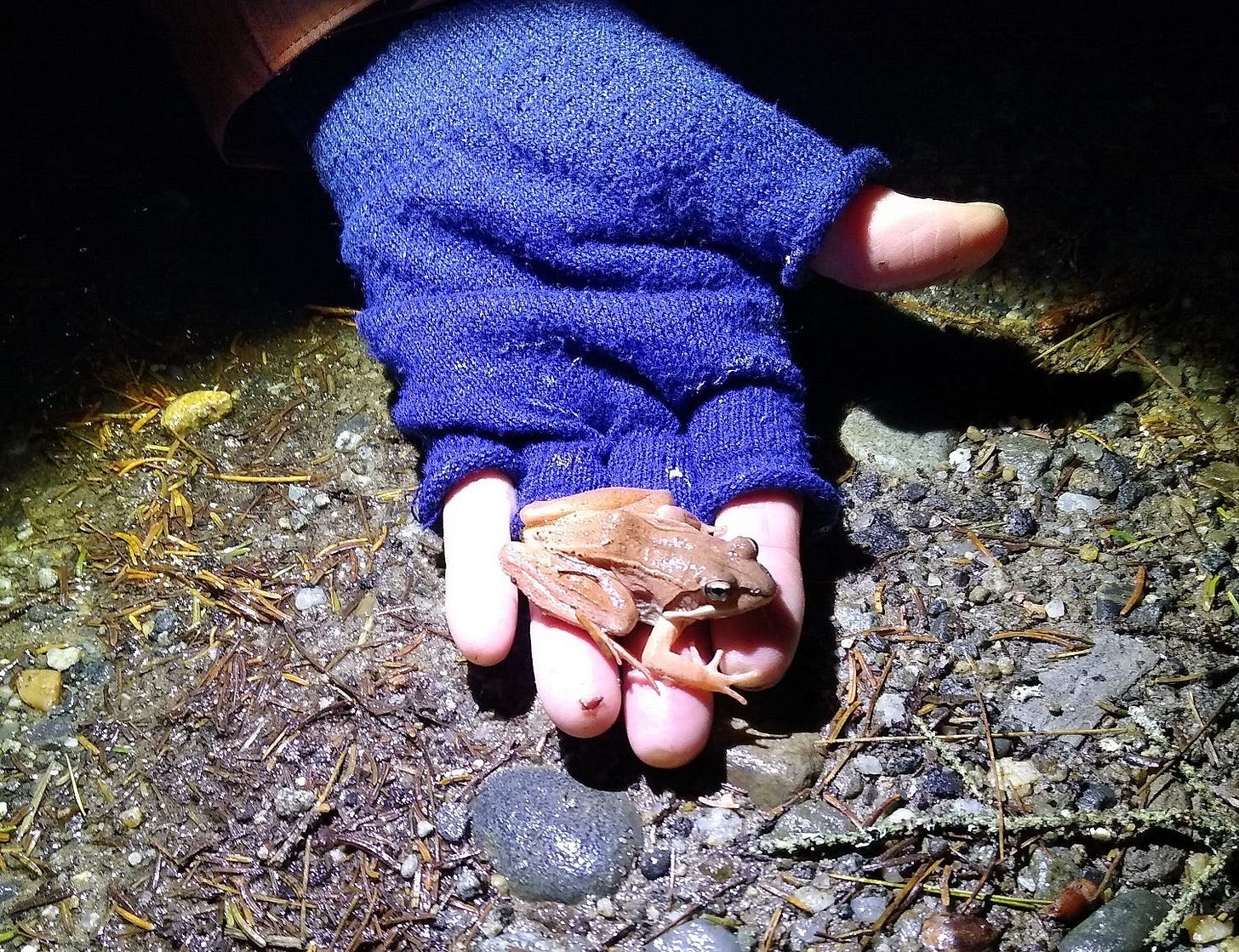
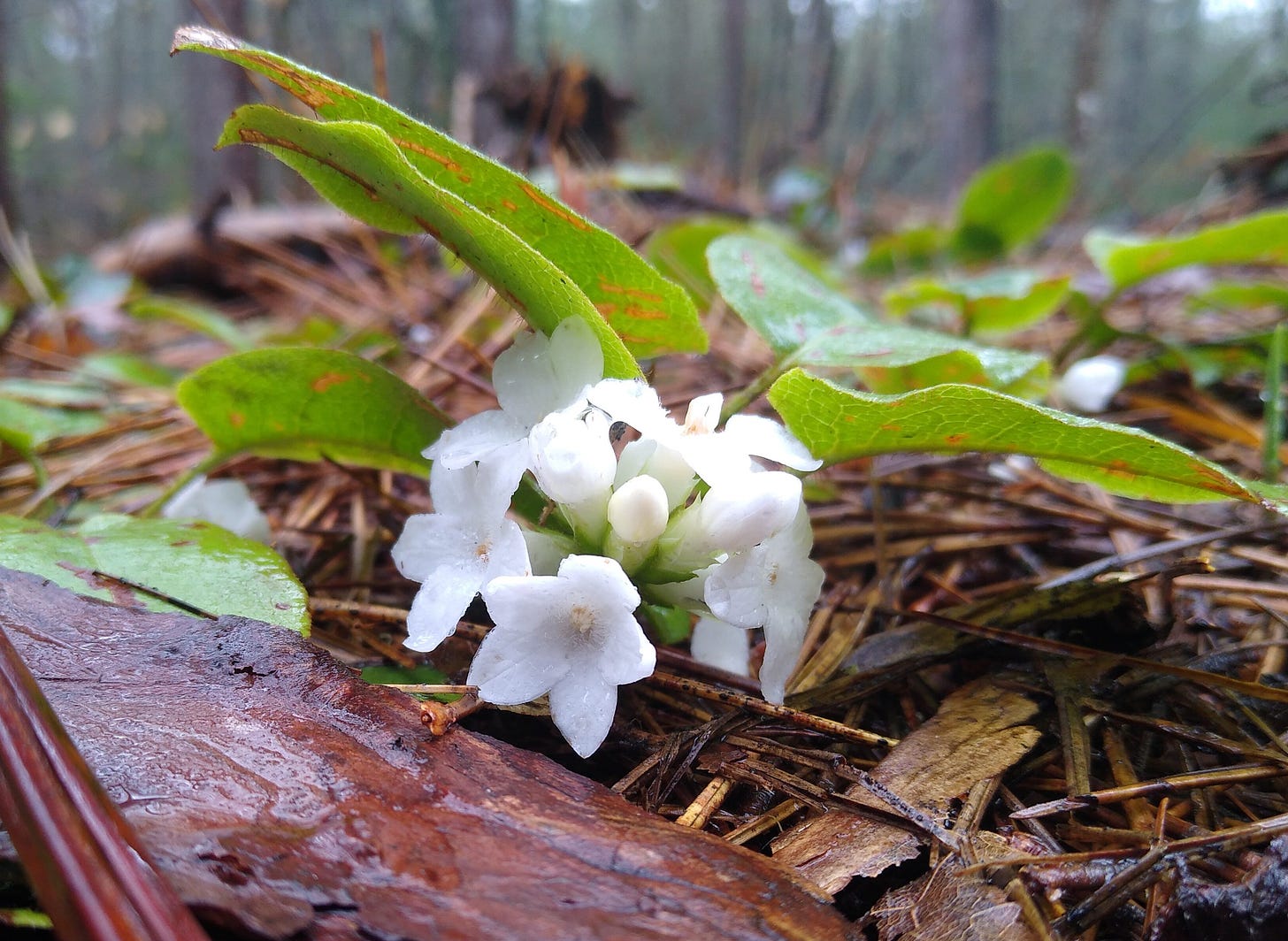
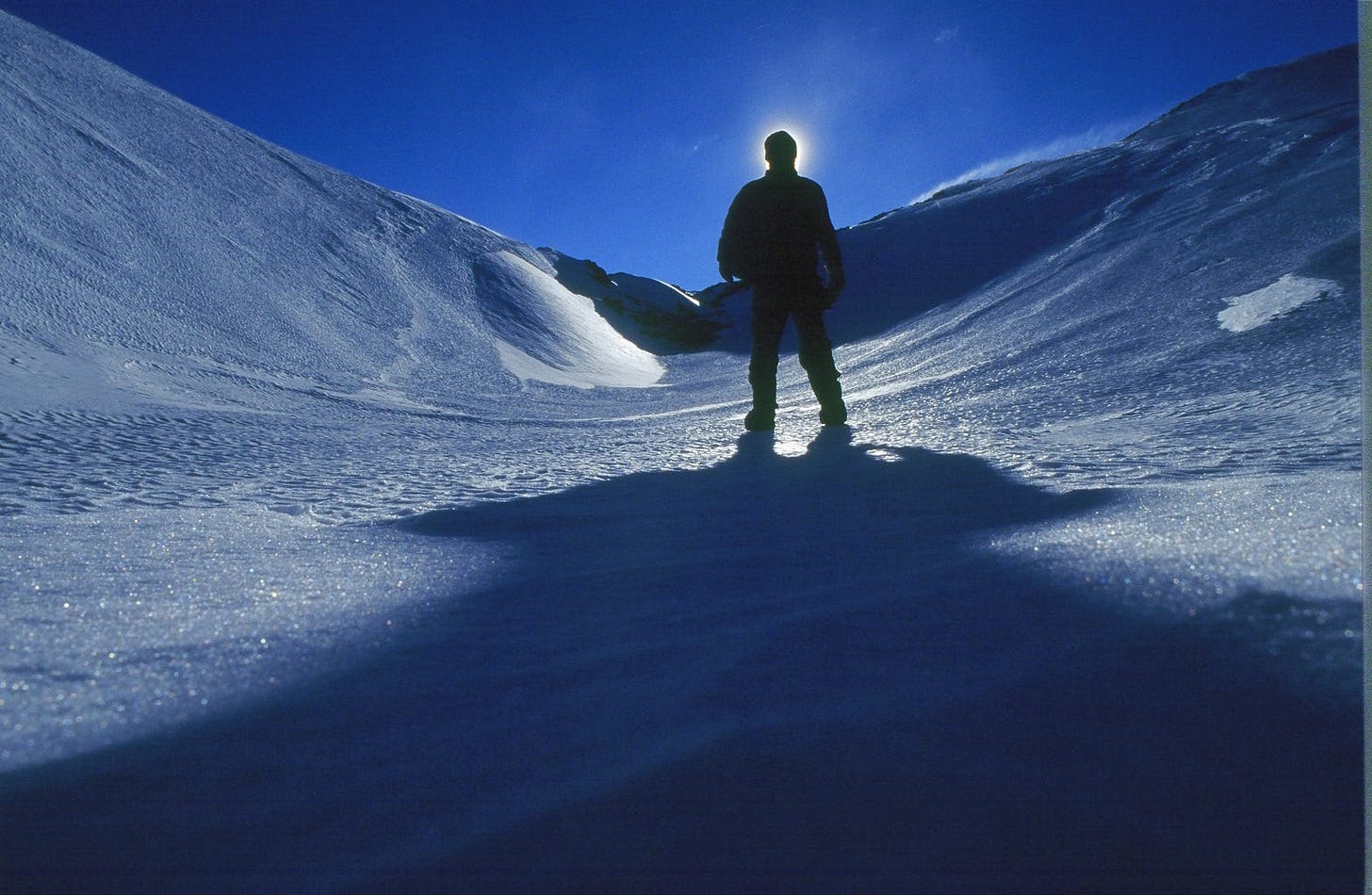

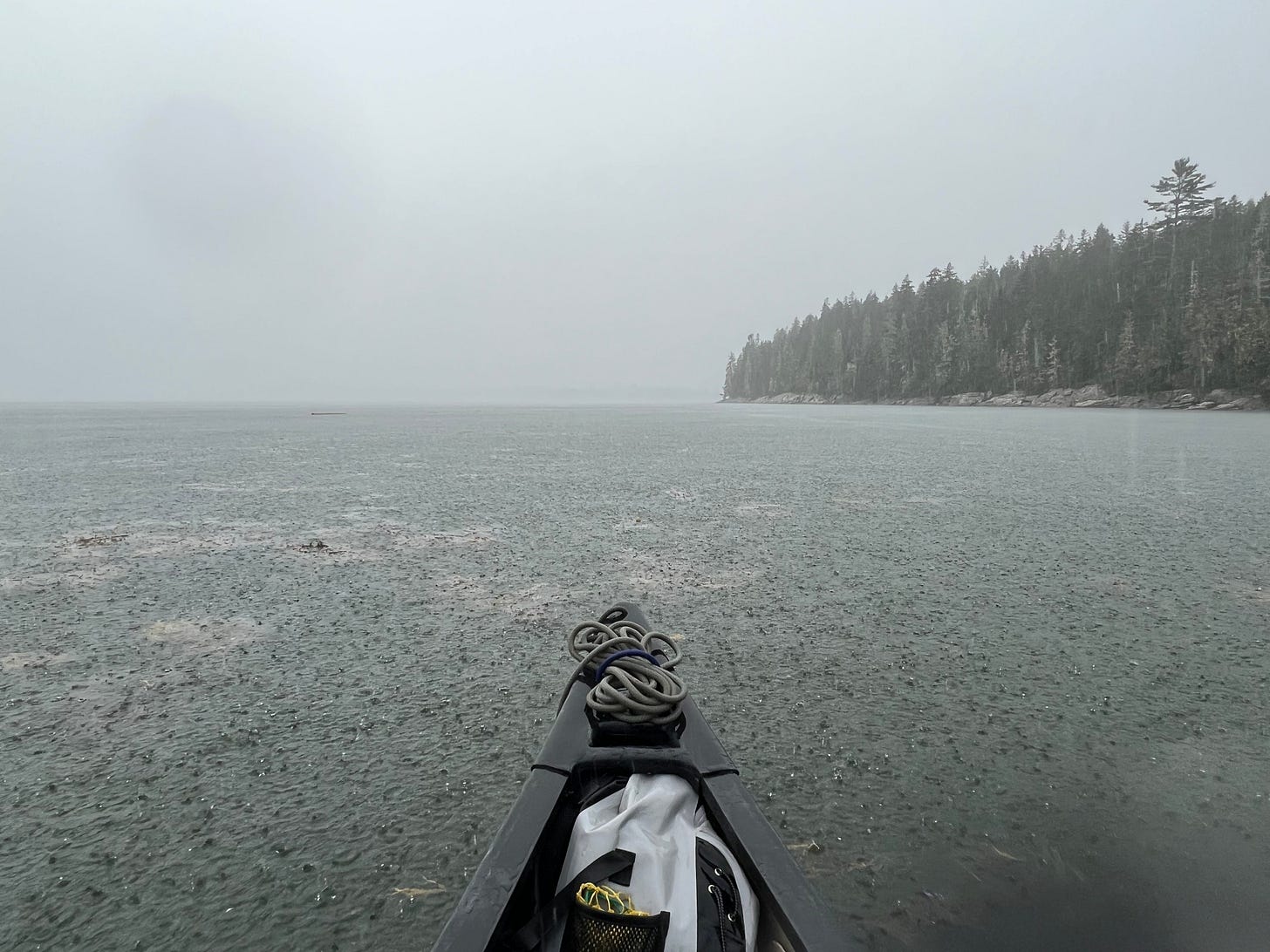
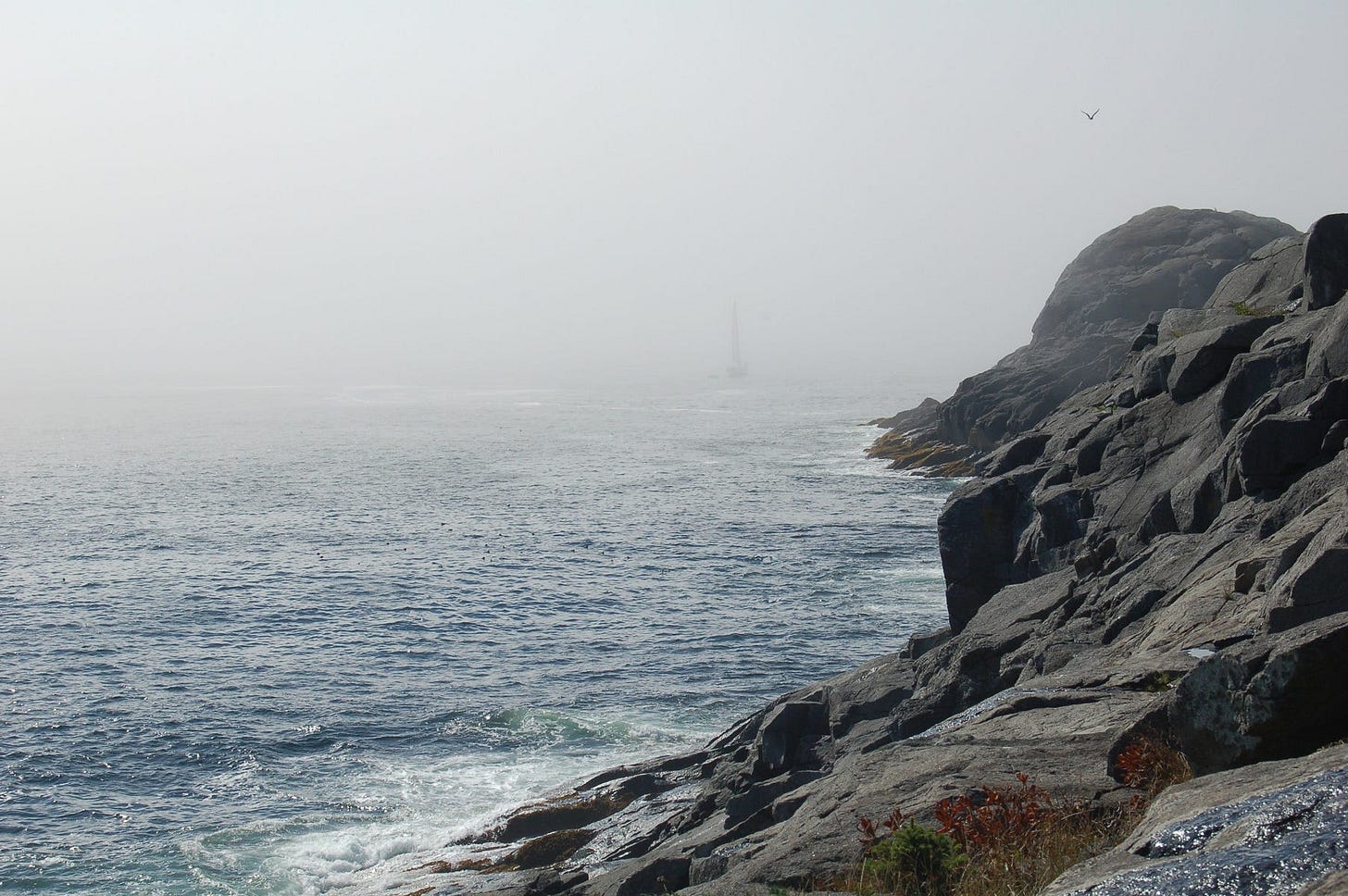
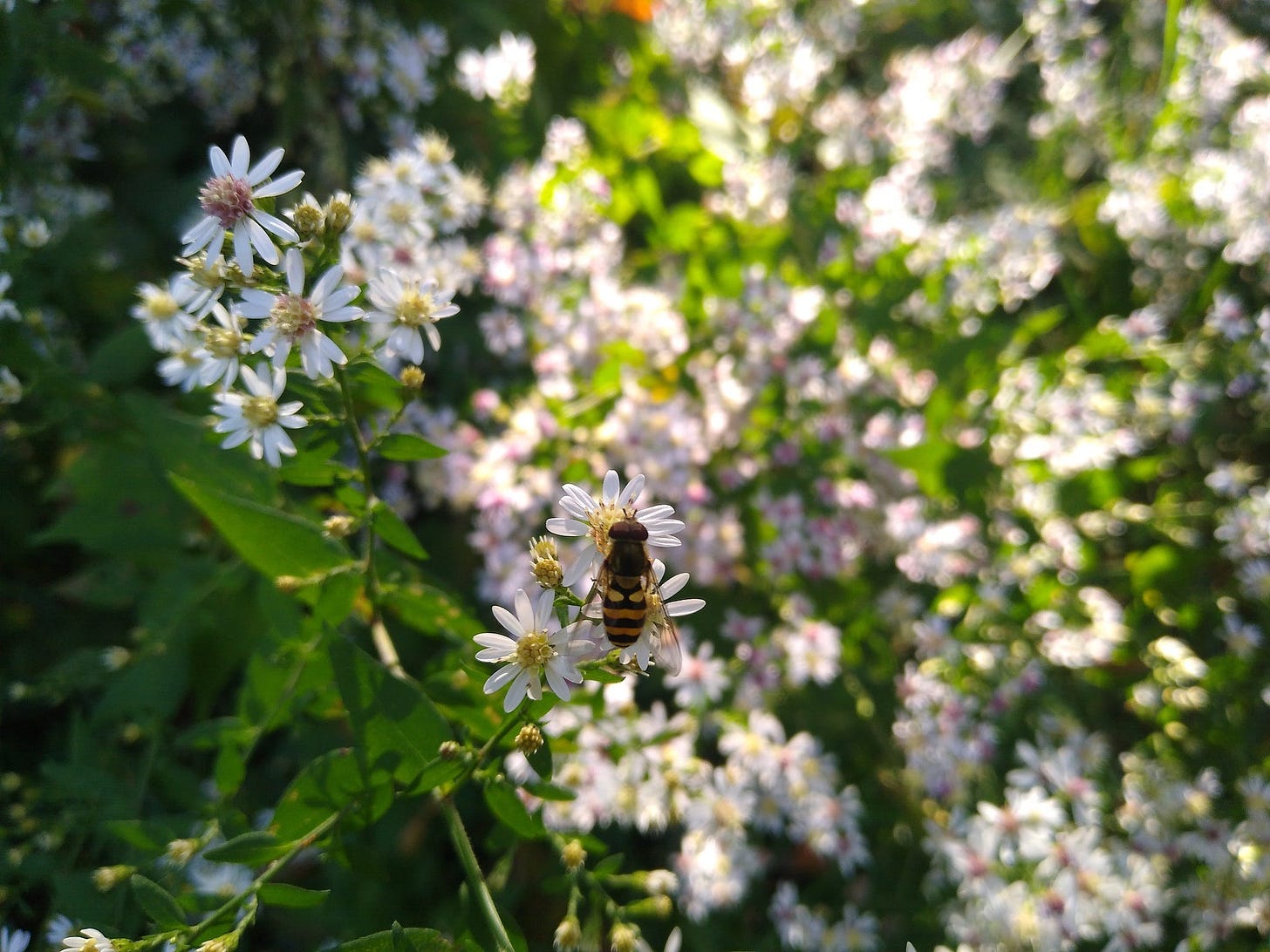
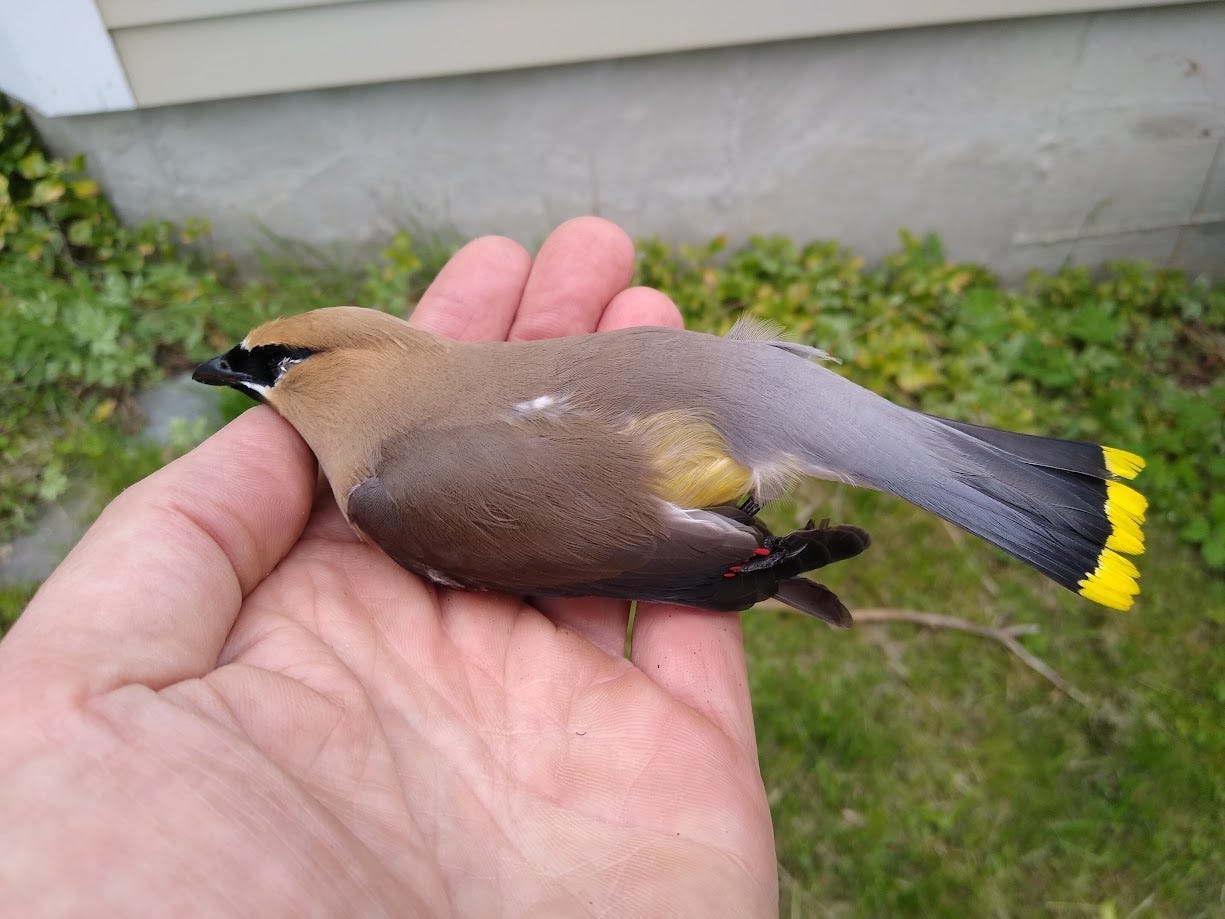


Beautiful writing, Jason. Your capacity to thread science and data with poetry and awe is...awesome and for it I am deeply grateful. Your writing has helped me contemplate our interconnections to each other and the frogs and the dust motes and given language to the deep rift of soul that happens when this interconnection is broken. Thank you for all the seeds you scatter here in the digitial universe.
At its best, crafting experience and insight into story can engage and inspire humans to consider, and then enact, positive changes in their own concepts and actions. These ongoing efforts from you, Jason, as well as those of Paul Salopek and so many others, are deeply appreciated . I hope you enjoy many walks with loved ones in the coming year.